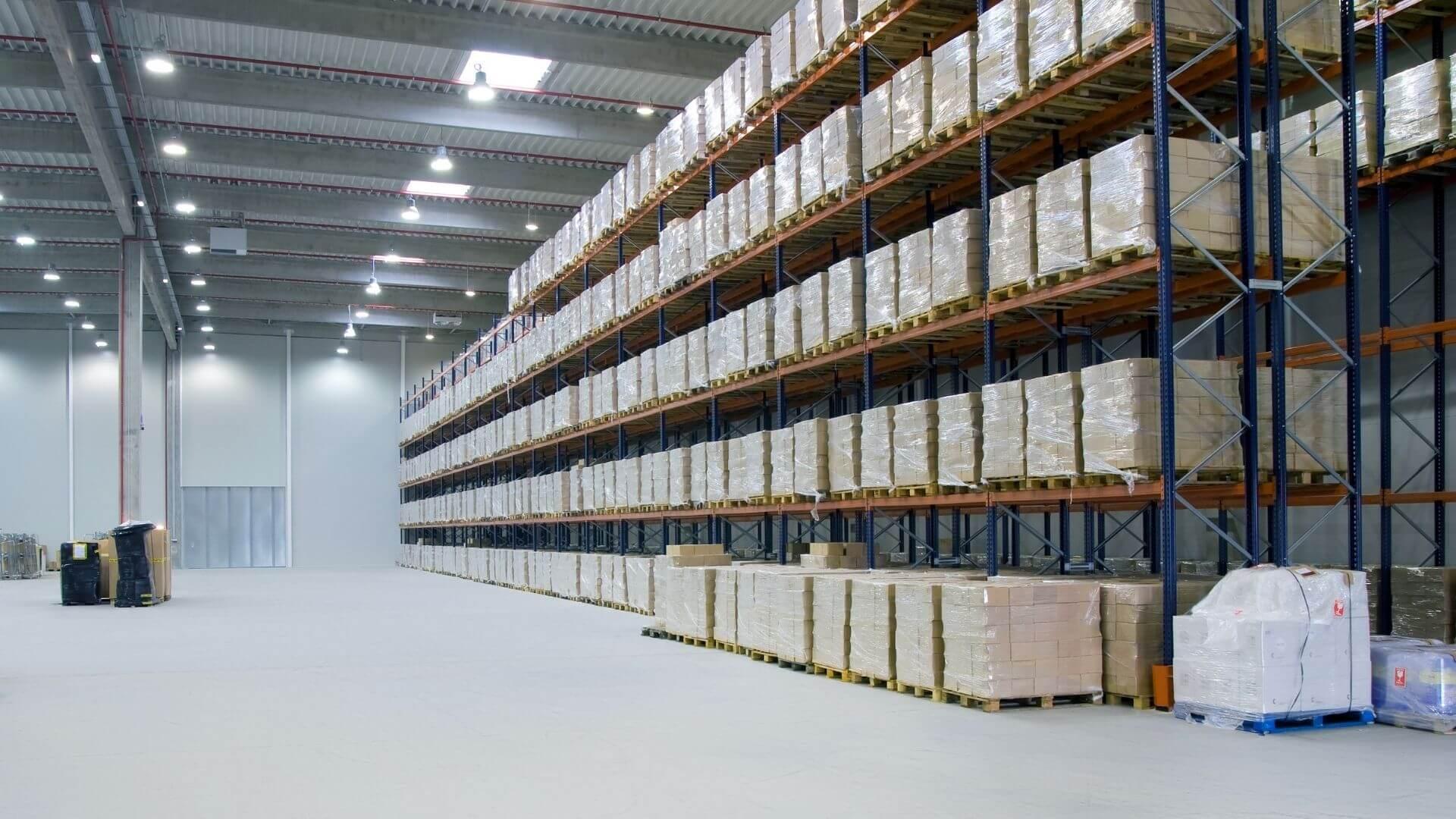Chemical warehousing is one of the most sensitive and regulated areas of the logistics and supply chain industry. The storage, handling, and movement of chemicals require strict compliance with safety, environmental, and quality standards. As the complexity of chemical products increases, so does the need for smarter, safer, and more efficient warehousing systems. This is where technology plays a transformative role.
Modern chemical warehouses are no longer just storage spaces—they are advanced hubs powered by cutting-edge technologies that improve accuracy, safety, traceability, and operational efficiency. Let’s take a deep dive into how technology is shaping the future of chemical warehousing.
1. Automated Inventory Management Systems
In traditional warehousing, manual tracking of inventory can be error-prone and time-consuming. With the help of Warehouse Management Systems (WMS), chemical warehouses can now automate their inventory processes. These systems provide real-time data on stock levels, storage locations, batch numbers, and expiry dates, ensuring high accuracy and easy tracking.
WMS also helps avoid overstocking or understocking, a critical feature when dealing with hazardous or perishable chemicals. Additionally, the system can be integrated with barcode or RFID scanning technologies, which further enhance the speed and reliability of inventory operations.
2. IoT for Real-Time Monitoring
The Internet of Things (IoT) has revolutionized monitoring in chemical warehousing. With IoT-enabled sensors, warehouse operators can monitor temperature, humidity, pressure, and chemical leaks in real time. These sensors send alerts immediately if any parameter moves out of the safe range, allowing for quick corrective action.
IoT also aids in predictive maintenance. By monitoring the condition of equipment like HVAC systems and fire suppression systems, IoT devices can detect anomalies before they lead to failures, thus enhancing warehouse safety.
3. AI and Predictive Analytics
Artificial Intelligence (AI) is helping chemical warehousing companies make smarter decisions. By analyzing historical data, AI can forecast demand patterns, optimize stock levels, and suggest the best storage configurations. Predictive analytics can also identify potential risks such as chemical incompatibilities or storage hazards before they occur.
AI-powered robots are also being used for tasks such as picking, sorting, and transporting hazardous materials within the warehouse. This not only improves productivity but also minimizes human exposure to potentially dangerous substances.
4. Digital Documentation and Compliance
Chemical warehousing requires strict documentation for compliance with government regulations and international safety standards such as OSHA, REACH, and GHS. Technology simplifies this process by digitizing Material Safety Data Sheets (MSDS), storage permits, and audit records.
Digital documentation ensures quick retrieval of records during inspections and helps maintain transparency throughout the supply chain. It also enables seamless sharing of information across departments and with regulatory bodies when required.
5. Robotics and Automation
Robotic process automation (RPA) is increasingly being used in modern warehouses to handle repetitive and high-risk tasks. Robotic arms and autonomous guided vehicles (AGVs) can be programmed to handle, transport, and sort chemical drums with precision and safety.
Automation minimizes human error, increases throughput, and enhances workplace safety—particularly crucial when dealing with flammable, toxic, or corrosive materials. It also ensures consistency in operations, improving the overall quality of warehousing services.
6. Safety Enhancements through Technology
Safety is the cornerstone of chemical warehousing. Advanced fire suppression systems, automated emergency alarms, smart surveillance systems, and geofencing are now standard in many chemical storage facilities.
Additionally, wearable tech like smart helmets or vests can monitor workers’ vitals and exposure to hazardous gases. These technologies not only ensure worker well-being but also help warehouse operators meet safety benchmarks.
7. Sustainability Through Smart Energy Systems
Sustainable operations are increasingly becoming a priority in chemical warehousing. Smart energy management systems help monitor and control power usage across lighting, HVAC, and equipment.
Solar panels, energy-efficient lighting, and automated ventilation systems reduce the environmental footprint of warehousing operations. Technologies like rainwater harvesting and green roofing are also being implemented to support eco-friendly initiatives in modern warehouses.
8. Cloud-Based Access and Integration
Cloud technology enables remote access to warehouse data, dashboards, and analytics. Warehouse managers and stakeholders can track operations, monitor KPIs, and make informed decisions in real-time—regardless of their location.
Cloud-based systems also facilitate integration with supply chain partners, transport companies, and customers, creating a transparent and collaborative logistics network. The ability to connect seamlessly with other enterprise systems like ERP or CRM adds further value to warehouse operations.
Conclusion
The chemical warehousing sector is evolving rapidly, thanks to the integration of advanced technologies. From automation and AI to IoT and sustainability solutions, these innovations are redefining what’s possible in a modern warehouse.
The future of chemical warehousing lies in intelligent, responsive, and safe infrastructure powered by technology. Companies that embrace these solutions not only enhance safety and efficiency but also build a stronger foundation for regulatory compliance and customer trust.
Choosing a technology-forward chemical warehousing partner can make a significant difference in how chemicals are handled, stored, and delivered. As the industry moves forward, technology will remain the driving force behind reliability, safety, and operational excellence in chemical logistics.



